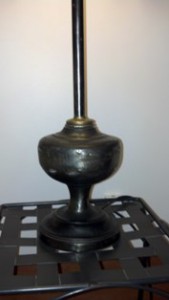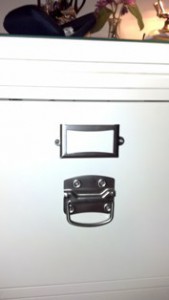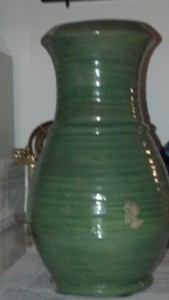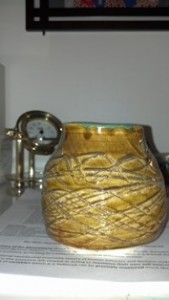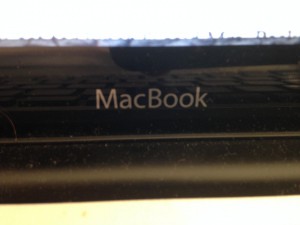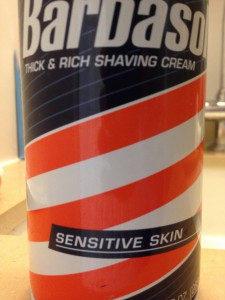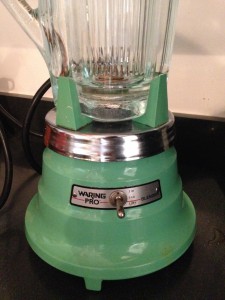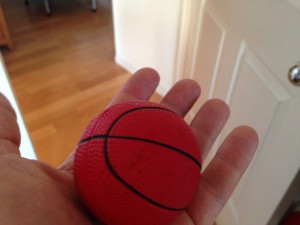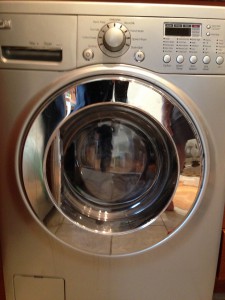1. Walter Benjamin, “The Work of Art in the Age of Mechanical Reproduction.”
2. Bruno Latour, Reassembling the Social: An Introduction to Actor-Network Theory. (Pages 1-17 & 63-86.)
3. Tim Edensor, Industrial Ruins: Space, Aesthetics and Materiality. (Chapters 1-2 or pages 1-52.)
4. Bill Brown, “The Secret Life of Things (Virginia Woolf and the Matter of Modernism)” in Modernism/Modernity 6.2 (1999): 1-28.
In one way or another, Benjamin, Brown, Edensor, and Latour attempt to amplify the power of the object in the fields of sociology and philosophy. In our next seminar we will examine the distinctions between their propositions — between aura, life, agency, permanence, mediation, network, etc. One area of difficulty I would like to examine during the next seminar is whether or not (or how) a researcher of objects (historical, social, theatrical, artistic, architectural) can use anything other than texts and languages in the production and dissemination of knowledge. In other words, if the physical world is at least on par with language in its ability to construct social networks, it would follow that non-verbal objects also have the ability to effectively describe, analyze, and deconstruct social phenomena and history. How could this be done? If you can think of a way to “do” history or social analysis without text, please jot down your ideas here. Perhaps you could even do it without text! In addition to using the readings for this week, it might be helpful to recall the theme of our seminar and some interdiscipline that might reveal a “material” path to knowledge.
I’ve also provided a link to a gallery of photographs that seem to give life to inanimate objects through the manipulation of light and long exposure times. http://www.less-light.com/. I thought it was interesting that the vibrancy of the objects becomes apparent when a common element is subtracted: daylight. This reminds me of Latour’s argument that we can identify the mediators in social networks by their permanence, their ability to withstand changes around them.

